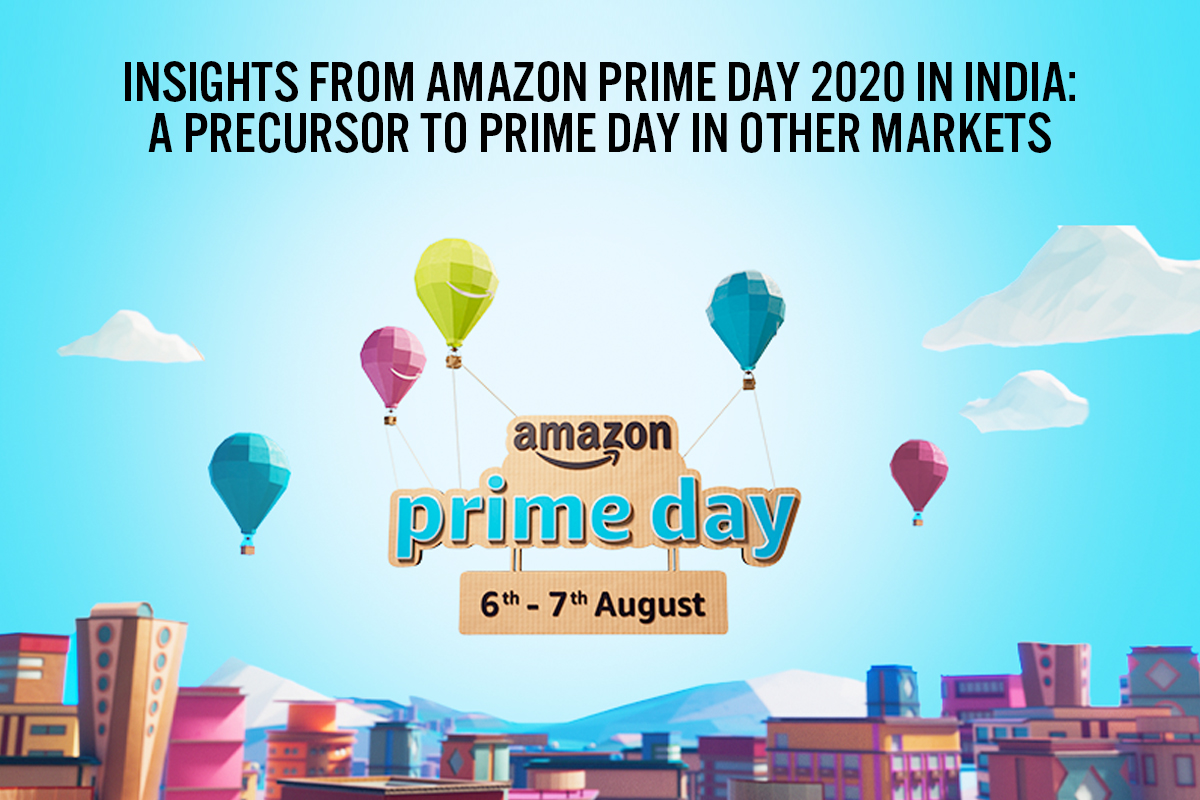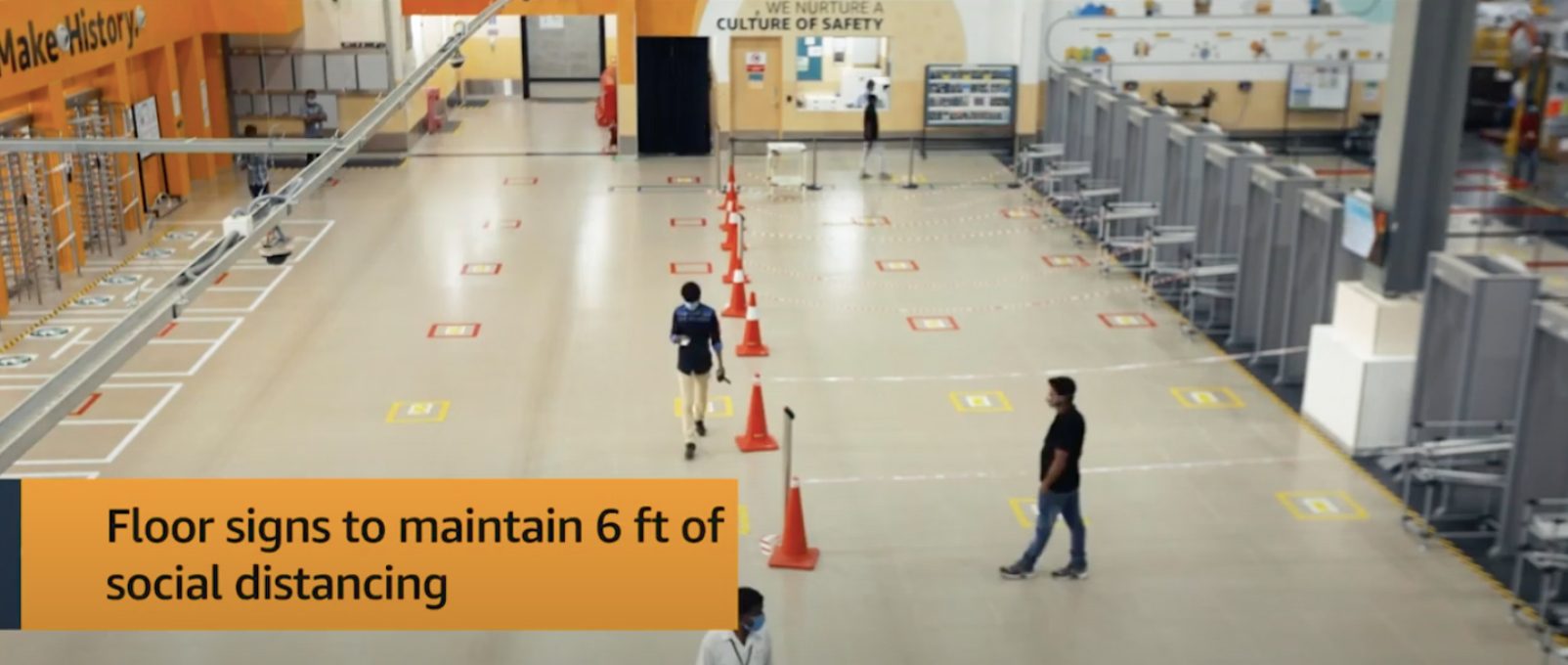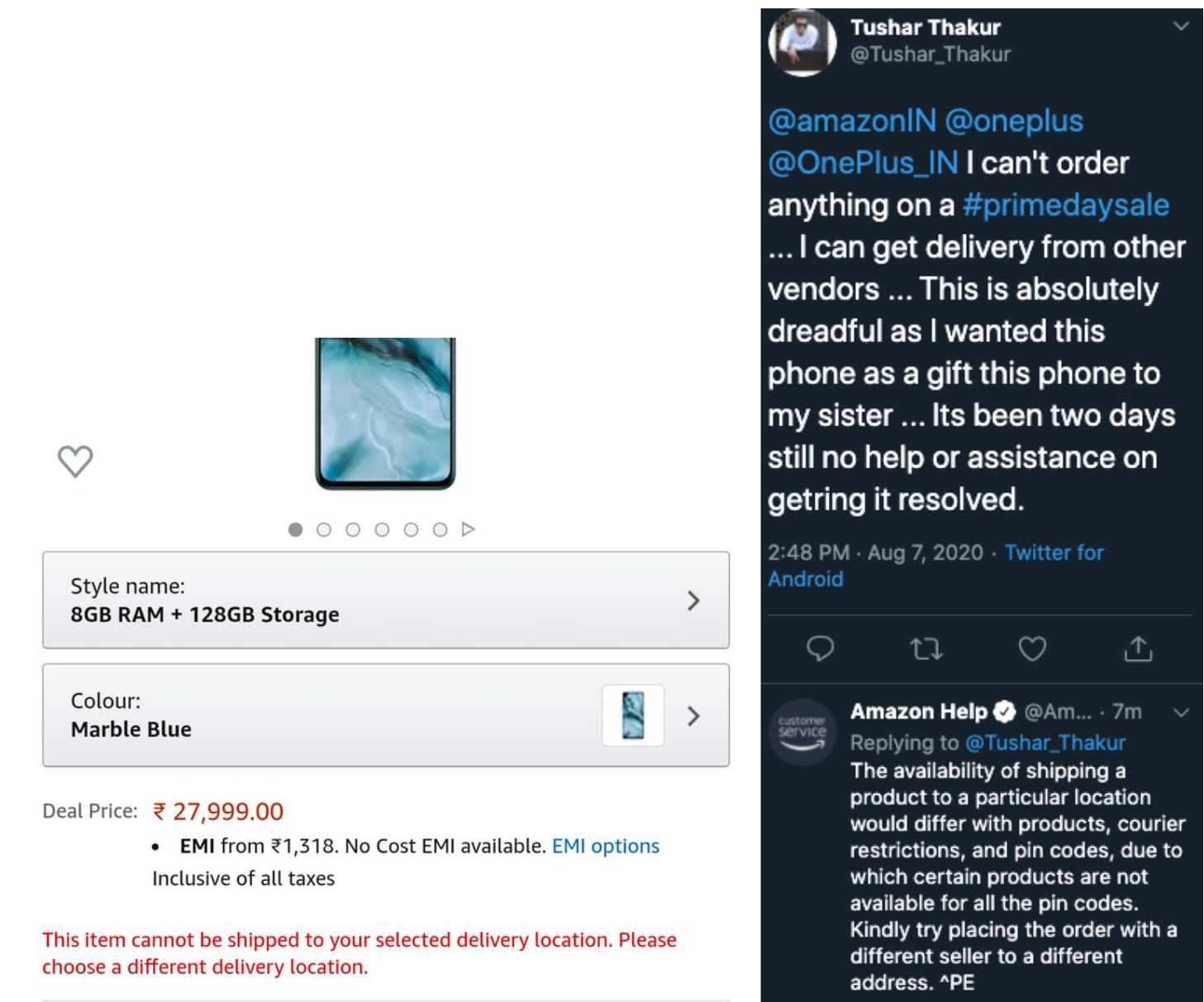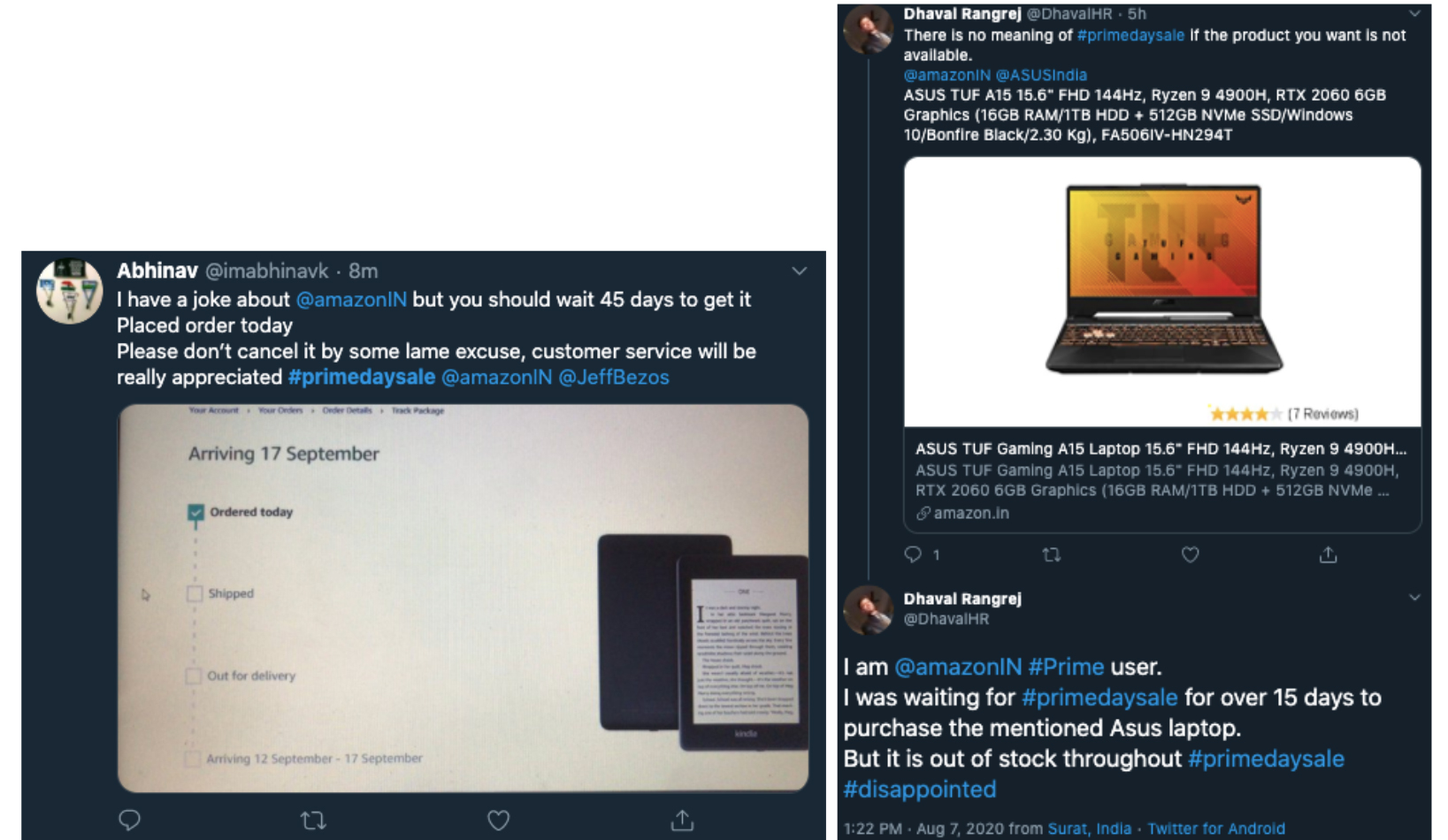
DIpil Das
What’s the Story?
This year, Amazon held its Prime Day event in India on August 6 and 7, despite much of the country being at various degrees of lockdown as the coronavirus pandemic rages on. This year’s event, Amazon’s fourth in India, marks a departure from when it is usually held (in July) and from the e-commerce giant holding the event simultaneously across the markets where it operates. Amazon has not announced dates for Prime Day in the US, but an email it sent out to suppliers in July and seen by CNBC suggests that it may happen in the week of October 5, making the Indian shopping event a test case for what the Internet giant can expect in other markets. Amazon also tactically timed the event to avoid clashing with an inauspicious period in the first half of September—the fortnight of Shradh—as determined by the Hindu calendar, as well as other sales events related to Indian festivals that will take place from late September. See our calendar of key dates for promotional campaigns in India for more details.How Amazon Prepared for Prime Day in India
Since the start of the pandemic, Amazon has made several changes to the ways in which its employees in India work, and the company began ramping up its operational capacities as early as May, well ahead of Prime Day. Amazon Set Up Remote Working Amazon’s operations staff worked from home this year, and new associated were given training online. This is unlike previous years, when the company created “war rooms” to oversee operations at its offices, which took on a carnival-like atmosphere. To keep employee morale up during the frenzied intensity of the sales days, Amazon previously provided Indian street food and foot massages, as well as holding costume parties. This year, the company rolled out a number of initiatives to keep employees positively engaged during the event, such as cell phone games themed around “safety, positivity and pride in rebuilding India,” staff audio bytes on radio and “customer-delight” testimonials. 50,000 Seasonal Hires for the FCs and Delivery Network Amazon advertised that it would hire 50,000 seasonal workers across its FC and delivery network as early as May. It also offered part-time flexible work opportunities to staff that could not work full-time. Amazon implemented several safety measures at the start of the pandemic, such as regular temperature checks for all staff, marking out safely distanced positions to work from in the FCs and ensuring staff sanitize their hands frequently, and emphasized its commitment to worker safety in its hiring campaign advertisements. Amazon has also offered financial assistance through its Amazon Relief Fund to workers in its delivery network who are quarantined or diagnosed with Covid-19. [caption id="attachment_114338" align="aligncenter" width="700"] An Amazon FC with floor markings to indicate safe social distances
An Amazon FC with floor markings to indicate safe social distances Source: Blog.AboutAmazon.in [/caption] New FCs and Expansions To Grow Storage Capacity by 20% In late July, Amazon announced the opening of 10 new FCs and the expansion of seven existing buildings, set to be operational before the festive season this year. Three of the new FCs opened in the city of Ludhiana days before Prime Day, spanning 300,000 cubic feet and intended to house large appliances and furniture. The full expansion will increase Amazon’s total storage capacity by 20%, to over 32 million cubic feet, across a total of 60 FCs in 15 states in India. Offering Deliveries to Containment Zones Amazon has instructed its delivery personnel to deliver orders at the peripheries of areas marked as containment zones in cities—these are areas with a high number of Covid-19 cases that have been cordoned off to restrict movement in and out. When delivery agents reach the containment zone, they call the customers to meet them and then hand over the parcels without contact while maintaining a safe distance. While Amazon has requested that customers pay digitally at the time of placing their order, the company is still accepting payments on delivery—digitally or with cash—albeit with delivery personnel staying at a safe, six-foot distance.
Amazon Prime Day: In Detail
Discounts on Smartphones and Electronics- Headline deals this year included up to 40% discounts on mobile phones, up to 60% discounts on televisions, appliances, electronics and accessories, and up to 70% discounts on home, kitchen and clothing products.
- The OnePlus 7T Pro smartphone with 256GB storage was selling at ₹43,999 ($587), at a 19% discount.
- The 64GB variant of the iPhone 11 was priced at ₹62,900 ($839), an 8% discount, on the second day. The device was available for ₹59,900 ($799) at the start of Prime Day, but the deal ended in a very short time. Last year, offers on Apple products seemed more attractive, with the iPhone XR priced at a 20% discount.
- IFB’s 6.5kg Wi-Fi and Alexa-enabled, fully automatic, front-loading washing machine with an in-built heater was priced at ₹30,490 ($407), an 18% discount.
- The homepage on the Amazon app and website highlighted multiple deals across different categories, but there was little to no advertising for discounts on apparel.
- The dedicated Amazon Fashion page indicated up to 70% discounts in the fashion category—with many bags, wallets and accessories being offered with discounts of over 60%. However, few items of clothing seemed to be discounted.
- The category saw new launches from Adidas, American Eagle, Max and New Balance.
- Amazon noted on its homepage that delivery times would be delayed for Prime Day orders, although it did not indicate by how much.
 Amazon indicating delays in delivery times on its site
Amazon indicating delays in delivery times on its site Source: Amazon.in [/caption]
Shoppers Gripe About Inadequate Discounts, Long Wait Times and Technical Issues
As in previous years, there were shoppers who took to social media to articulate grievances about Prime Day 2020—some of which Amazon responded to quickly.- One Twitter user found that the Samsung Galaxy Watch Active 2 was priced at virtually the same amount as its previous “regular price” on Amazon, even though it was labeled as a Prime Day exclusive deal. Amazon customer service responded that it appeared to be a technical error and that it would be taken care of, but other users did not seem satisfied with the resolution.
 Samsung Galaxy Watch Active 2 priced at virtually the same as its regular price on Prime Day
Samsung Galaxy Watch Active 2 priced at virtually the same as its regular price on Prime Day Source: Twitter.com [/caption]
- Some users experienced difficulties in requesting items be shipped to their locations, an unusual problem that did not seem to occur before the pandemic. Amazon staff responded saying that the ability to ship to locations varies by product, delivery restrictions and postcodes serviced, thus making some products unavailable for delivery to certain postcodes. Amazon asked one user to place the order “with a different seller to a different address.”
 Amazon was unable to offer delivery of certain products to some locations, due to movement restrictions
Amazon was unable to offer delivery of certain products to some locations, due to movement restrictions Source: Twitter.com [/caption]
- Some users that were able to place orders successfully were notified of unusually long wait times. For example, one purchaser of a Kindle tablet was told that he would receive it on September 17, indicating a 45-day wait. Other customers noticed that a few items were out of stock during Prime Day, such as a Bluetooth soundbar from Boat and an ASUS laptop.
 One shopper’s order for a Kindle during Prime Day will be delivered on September 17. Another shopper could not order an ASUS laptop as it was out of stock.
One shopper’s order for a Kindle during Prime Day will be delivered on September 17. Another shopper could not order an ASUS laptop as it was out of stock. Source: Twitter.com [/caption]
What We Think
Amazon Prime Day in India this year was unlike any other due to the coronavirus pandemic: Supply chains were disrupted; many office-based employees worked from home; and the regular movement of people and vehicles was restricted to varying degrees across India, based on the infection levels in local neighborhoods. By operating a mixed retail and marketplace model, Amazon’s fulfillment and delivery network is pressured, including its own and third-party logistics providers. The event in India was almost an acid test for Amazon’s Prime Day in other markets later in the year; based on our observations in India, we expect other Prime Day 2020 events to see the following:- Longer delivery times for some products
- An inability by Amazon to deliver some products to certain locations, possibly due to disruptions in the supply chain
- Stockouts on some popular products
- A possibly reduced emphasis on fashion in favor of stronger-performing categories, and following Amazon’s summer 2020 fashion sales in the US